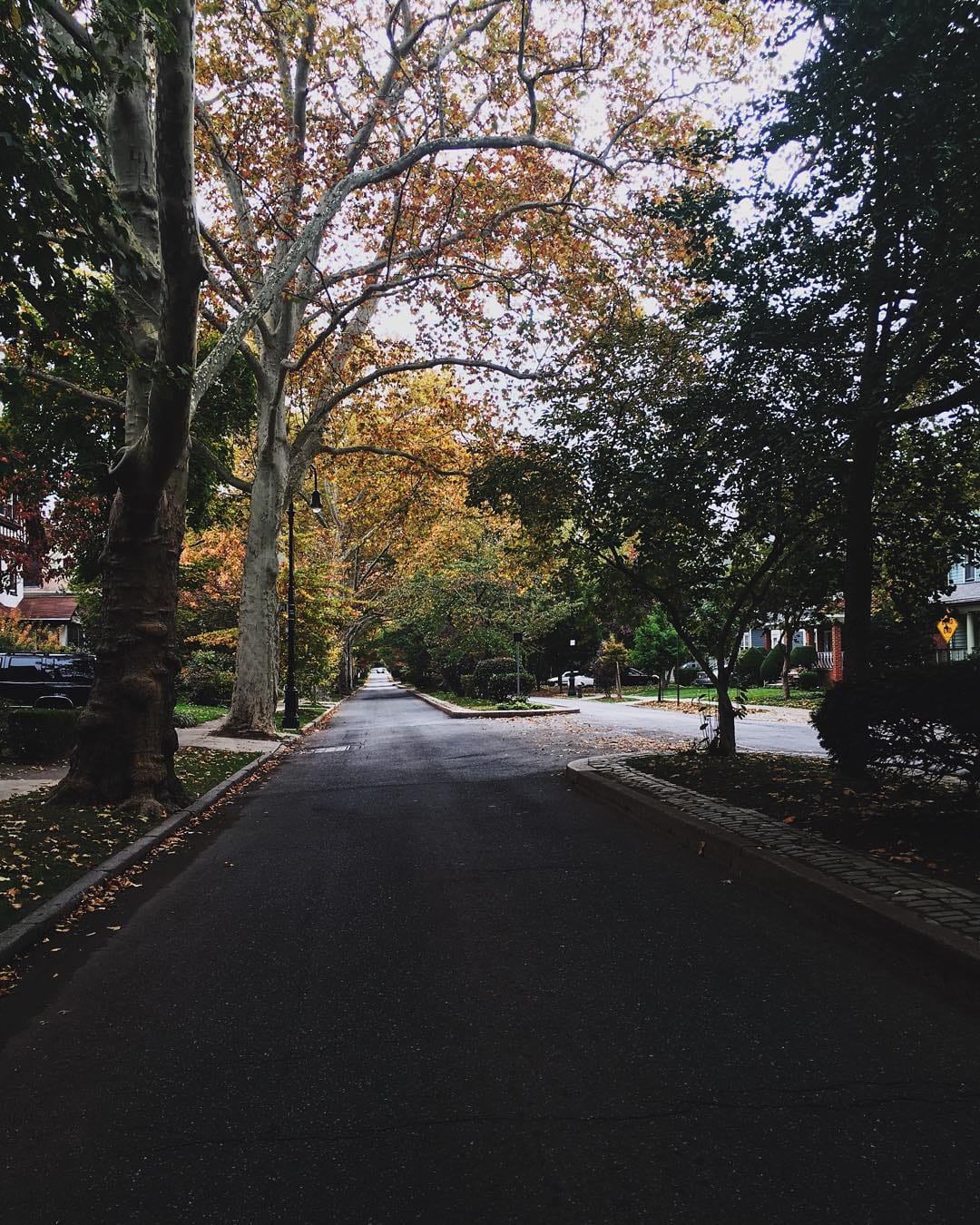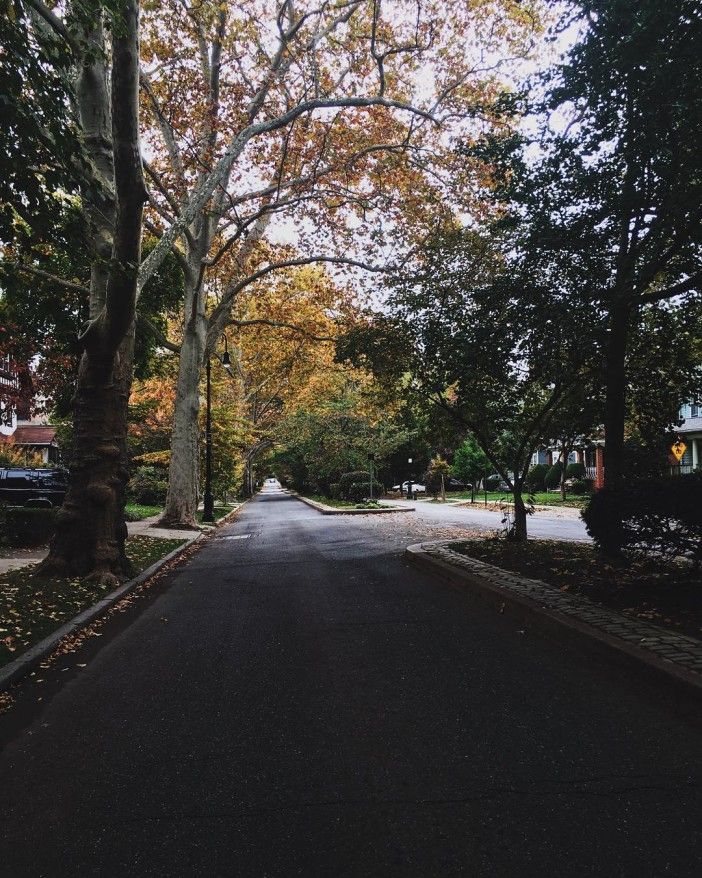How Our Street Names Were Almost Interesting: The History of Local Street Names


Do you live on Hiawatha Avenue? Well, you almost did if you live on Avenue H. The street names of Brooklyn are mostly pretty direct numbers and letters; however, had Walter B. Brown, the representative of the Flatbush Board of Trade in 1910 had his way, our street names in Ditmas Park and surrounding areas would’ve had far more colorful representations from Native American, Dutch and English sources as well as a few commemorative ones.
Following a street name change in Prospect Park South, Walter B. Brown and other members of the Flatbush Board of Trade felt the names in Ditmas Park and surrounding areas were too drab and lacked a distinctive flavor compared with the rest of early Brooklyn and Manhattan. The proposal began with naming Avenue H ‘Hiawatha Avenue’ and from there, the rest of the avenues from H until Z would go through a name change.
Avenue H – Hiawatha Avenue, named for a prominent member of the Iroqouis or perhaps for the story by Henry Wadsworth Longfellow.
Avenue I – Ivanhoe Road, named for the old Saxon noble family.
Avenue J — Jarvis or Jardyst Road, a common British surname.
Avenue K – Kenwood Road, a location in London England.
Avenue L – Lancaster or Leicester Road, the Duchy of Lancaster.
Avenue M – McKinley Road, named after the 25th President of the United States.
Avenue N — Nottingham Road, named for a city in England.
Avenue O — Oglethorpe Avenue, for British general and parliament member, James Oglethorpe.
Avenue P — Peary Road, common British surname.
Avenue Q — Quentin Road, named for the sone of President Theodore Roosevelt.
Avenue R — Roosevelt Road, named for President Theodore Roosevelt.
Avenue S — Stanwood or Springfield Road, a location in London.
Avenue T – Tippecanoe Road, named for a major battle between Native Americans and the United States.
Avenue U — Underwood Road, named for a location in London.
Avenue V — Victoria Road, named for Queen Victoria.
Avenue W — Wilhelmina Road, a common Dutch name.
Avenue X — Xerxes Road, named for a Persian emperor who invaded Greece.
Avenue Y — Yarmouth Road, named for several places within Great Britain.
Avenue Z – Zundel Road, named after an organist who worked with Henry Ward Beecher.
However, despite the aesthetic musings of Walter B. Brown, he was quickly shot down by a Dr. Fred Higgins who declared the names “entirely too foreign and particularly too English” in an article in the Brooklyn Eagle in 1910. Dr. Higgins went on to say, “This is America, and I am sure we have enough American patriots and eminent citizens and cities after which the names of streets could be termed.” While some did agree with Walter B. Brown, it was seen as trivially esthetic and that the simple letter names were “good enough to please the majority of taxpayers.”
In the spirit of keeping things “distinctly American” only Quentin Road was chosen. Quentin Road is named after the son of Teddy Roosevelt. Due to the great popularity of his father, this was the only street name change that was readily agreed upon. While it’s unclear why neither Avenue R nor Avenue M went through name changes.
Ditmas Park and surrounding areas are distinctly historical and have been in the hands of change for centuries. Would you have preferred saying you lived in Hiawatha Avenue and that you got there by walking up from Jarvis and McKinley?




